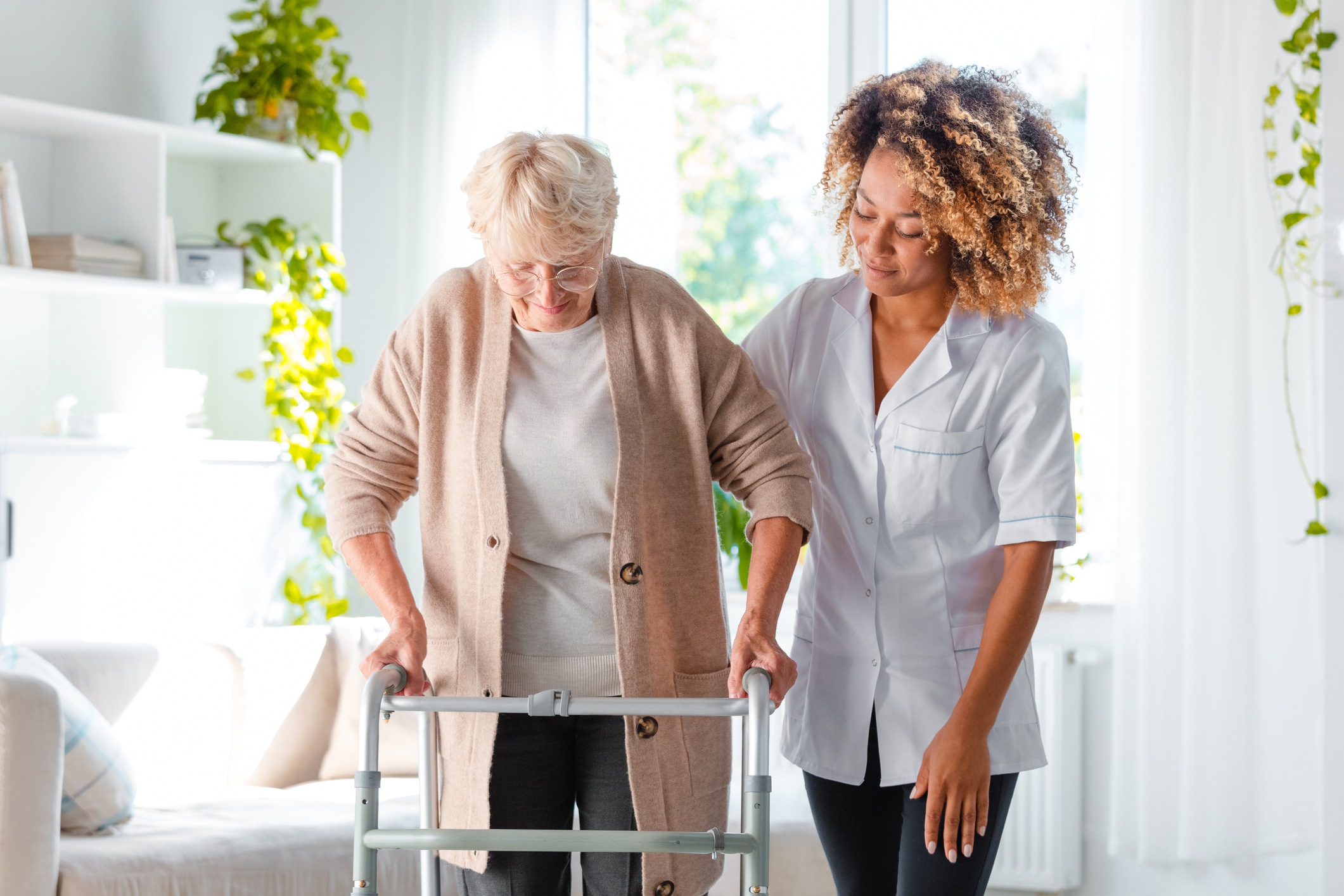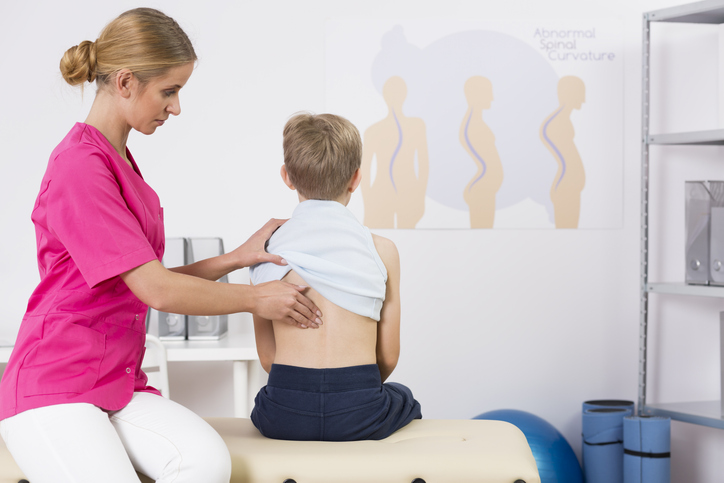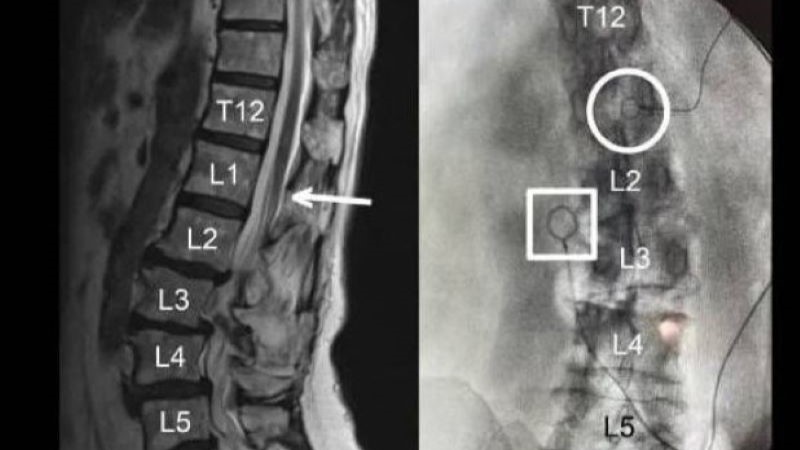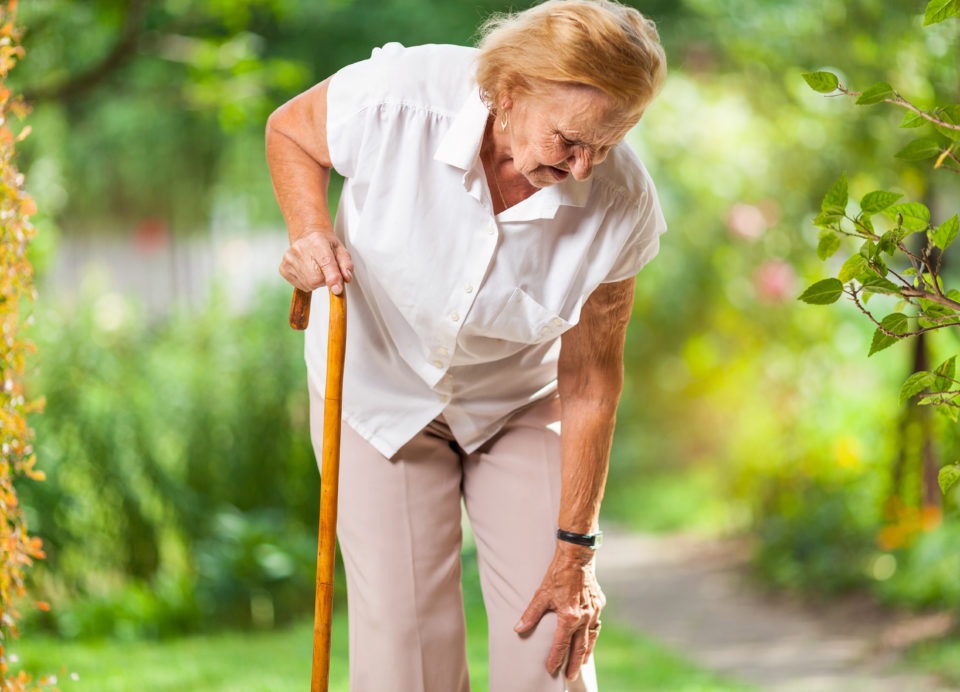
Current home-based techniques may be effective in helping hip fracture patients regain their ability to walk but are not enough to help them perform daily functions, according to new research from the University of Maryland School of Medicine (UMSOM). With over 260,000 elderly Americans being hospitalized each year in the US for hip fractures, it is a very common injury that can be severely debilitating. Evaluating two different types of rehabilitation that are done in the patient’s home, these findings from UMSOM will hopefully establish a foundation in treating patients with severe mobility issues after a hip fracture. Their work was published on September 10 in JAMA.
Their study included 210 participants who were at least 60 years of age, all of whom recovering from hip fractures. One group underwent aerobic, strength, and balance training, while the other received nerve stimulation and went through active range of motion exercises. Each group received up to three regular weekly home visits from a physical therapist, each lasting one hour. This was conducted over the course of a 16-week period. The participants were also provided with nutritional advice and daily supplementation of vitamin D, calcium, and multivitamins.
The trial was designed to measure the participant’s skill in “community ambulation” defined by the ability to cross a street before a traffic light changes. This parameter was measured by testing if a participant could walk 300 meters or further in a six-minute timeframe.
After these regular in-home interventions were given, the researchers found that 23% of the participants in the aerobic, strength, and balance training group were able to walk over 300 meters in six minutes. In the group receiving nerve stimulation and range of motion exercise, 18% were able to walk further than 300 meters in the given time period. The difference between these groups’ percentages was not found to be statistically significant.
“Both groups showed significant improvement, which highlights the importance of multi-component home-based interventions,” explained Dr. Magaziner. “The equal level of professional attention both groups received may explain why the difference in the percentage of patients becoming community ambulators between the two groups was relatively small.”
“Many older adults face challenges regaining mobility after hip fracture,” added lead researcher Richard Fortinsky, PhD, Professor and Health Net, Inc. Endowed chair in Geriatrics and Gerontology at UConn Health. “We were pleased that in this study a sizeable number of participants achieved community ambulation capacity. However, much more needs to be done to develop and carry out targeted and creative rehabilitation programs that will benefit greater numbers of older adults who strive to become community ambulators following hip fracture.”
The physical therapists were heavily engaged with the participants of this study, providing motivation and encouragement during each exercise session. The researchers found that this partnership formed in the rehabilitation process may have enhanced the participants’ mobility improvements as well.
These findings could help specialists improve the efficacy of remote interventions going forward. Future research could evaluate how factors like exercise, medication adherence, behavior and lifestyle, and body composition potentially influence mobility outcomes as well.
“The number of hip fractures throughout the world is increasing, and nearly half of those individuals who have a fracture will not be able to walk independently a year later,” claimed E. Albert Reece, MD, PhD, MBA, UMSOM Dean and Executive Vice President for Medical Affairs at the University of Maryland. “To date, no single intervention has been able to provide a remedy to this growing problem. Our research here at the University of Maryland can help set a clear path for treating the most challenging mobility cases.” Dr. Reece is also the John Z. and Akiko K. Bowers Distinguished Professor at UMSOM.
Important hip fracture research released by @ScienceDaily and conducted by Co-principal Investigator and Dean of the College of #HealthSciences Rebecca Craik PT, Ph.D., FAPTA and Professor of #PhysicalTherapy Kate Mangione, PT, Ph.D., FAPTA: https://t.co/F9sgJFCRe8
— Arcadia University (@arcadia1853) September 11, 2019







 © 2025 Mashup Media, LLC, a Formedics Property. All Rights Reserved.
© 2025 Mashup Media, LLC, a Formedics Property. All Rights Reserved.